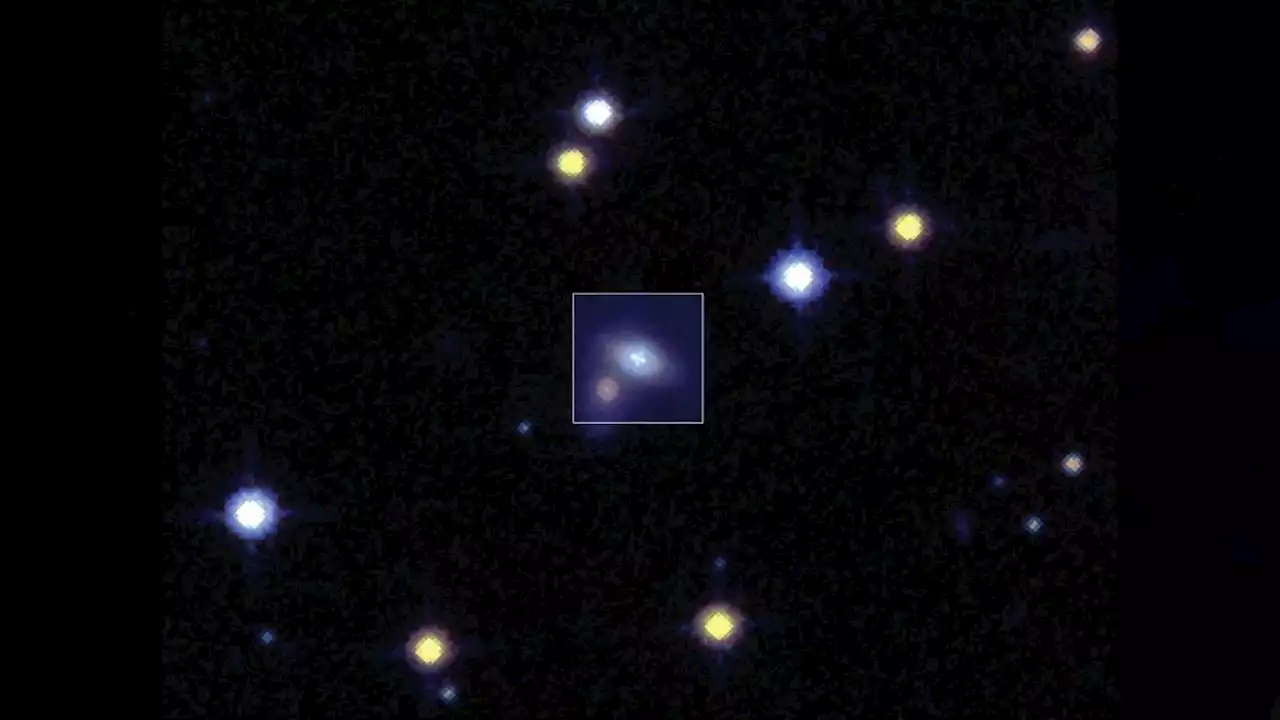Scientists used gravitational lensing to discover a rare supernova duplicated 4 times by the mass of an enormous galaxy.
The gravity of a distant galaxy warped space and magnified the light of a faraway supernova, potentially revealing tantalizing details about stellar explosions, as well as an unseen population of galaxies and the expansion of the universe.
The supernova's light finally reached Earth on Aug. 21, 2022, where it was first spotted by Caltech's Zwicky Transient Facility at Palomar Observatory. Cataloged as SN 2022qmx, the supernova has also become known as 'SN Zwicky'. Microlenses are smaller gravitational lenses created by individual stars or even planets, and in the case of SN Zwicky the additional microlensing effects could reveal clues as to the distribution of masses of stars in the core of the lensing galaxy. Astronomers suspect that conditions in the center of galaxies allow the formation of a larger number of massive stars than normal, and these massive stars would be the most likely candidates for the microlenses.
"Not only is SN Zwicky magnified by the gravitational lens, but it also belongs to a class of supernova that we call 'standard candles' because we can use their well-known luminosities to determine distance in space," said Igor Andreoni of the University of Maryland, in a statement.
United States Latest News, United States Headlines
Similar News:You can also read news stories similar to this one that we have collected from other news sources.
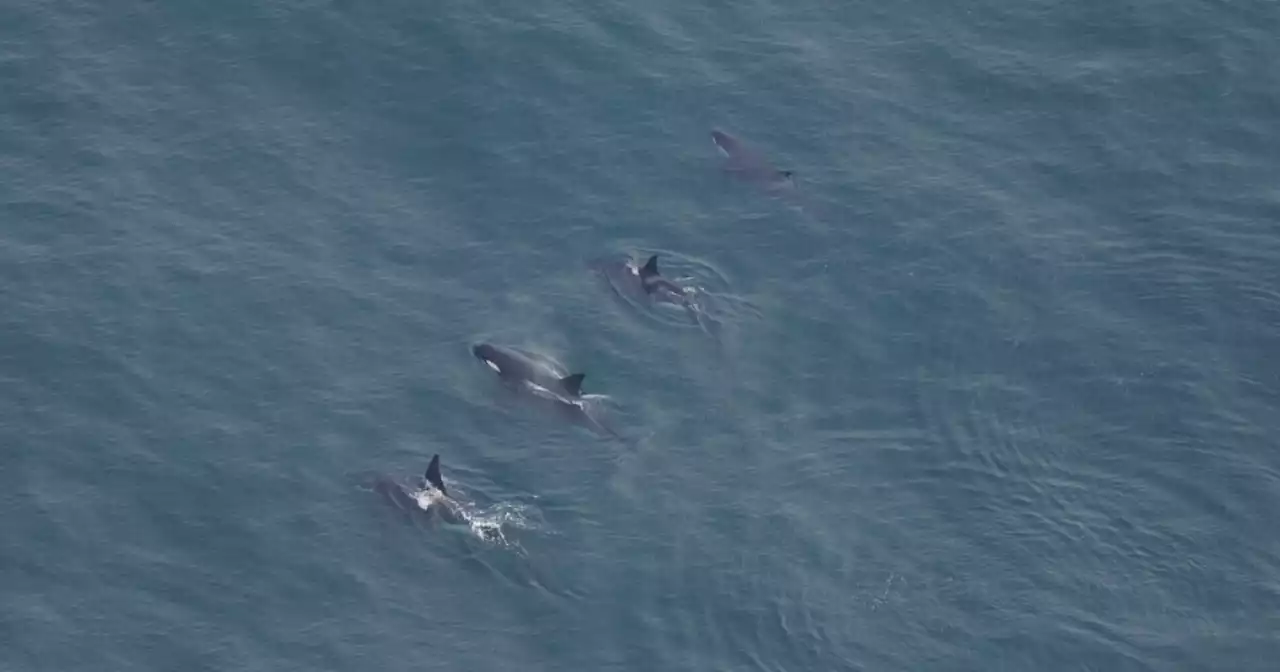 Rare sighting: Scientists spot 4 killer whales in New England watersThey were spotted 40 miles south of Nantucket, Massachusetts.
Rare sighting: Scientists spot 4 killer whales in New England watersThey were spotted 40 miles south of Nantucket, Massachusetts.
Read more »
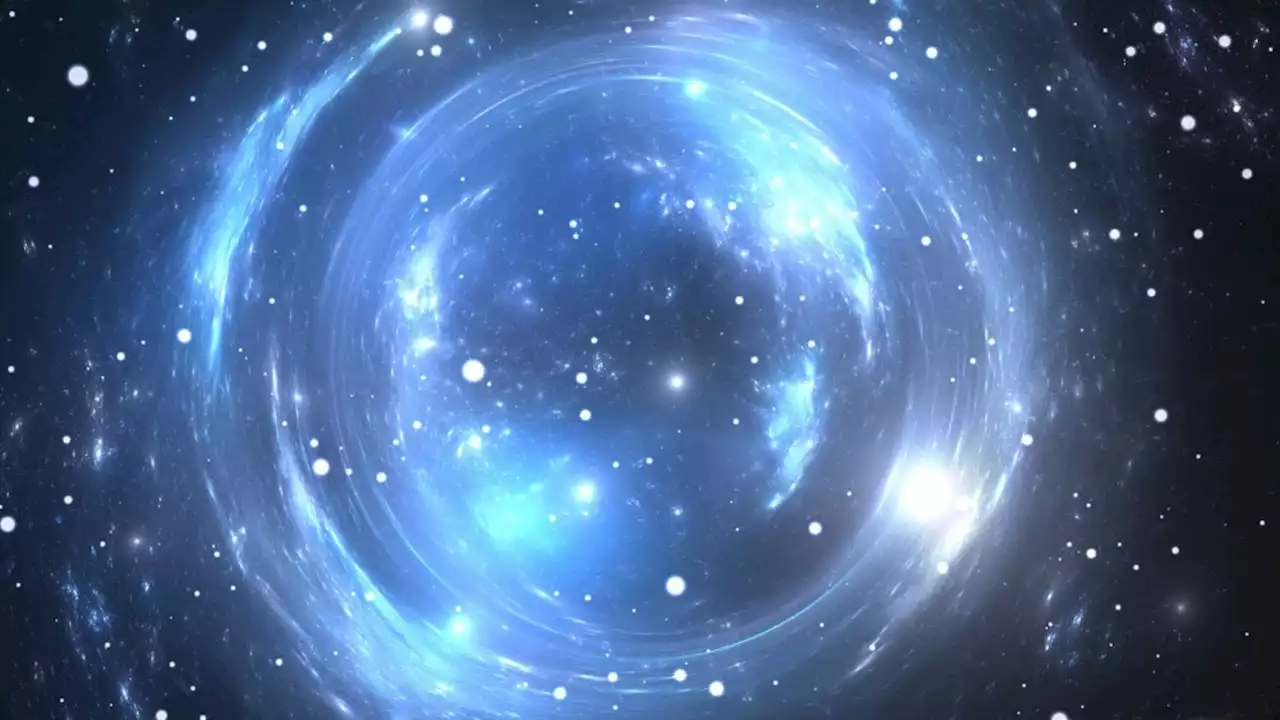 'Cosmic magnifying glass' reveals super-rare warped supernova with gravitational lens. (Thanks, Einstein!)The discovery is the tip of the iceberg for gravitationally lensed supernovas that could help us better understand the expansion of the universe.
'Cosmic magnifying glass' reveals super-rare warped supernova with gravitational lens. (Thanks, Einstein!)The discovery is the tip of the iceberg for gravitationally lensed supernovas that could help us better understand the expansion of the universe.
Read more »
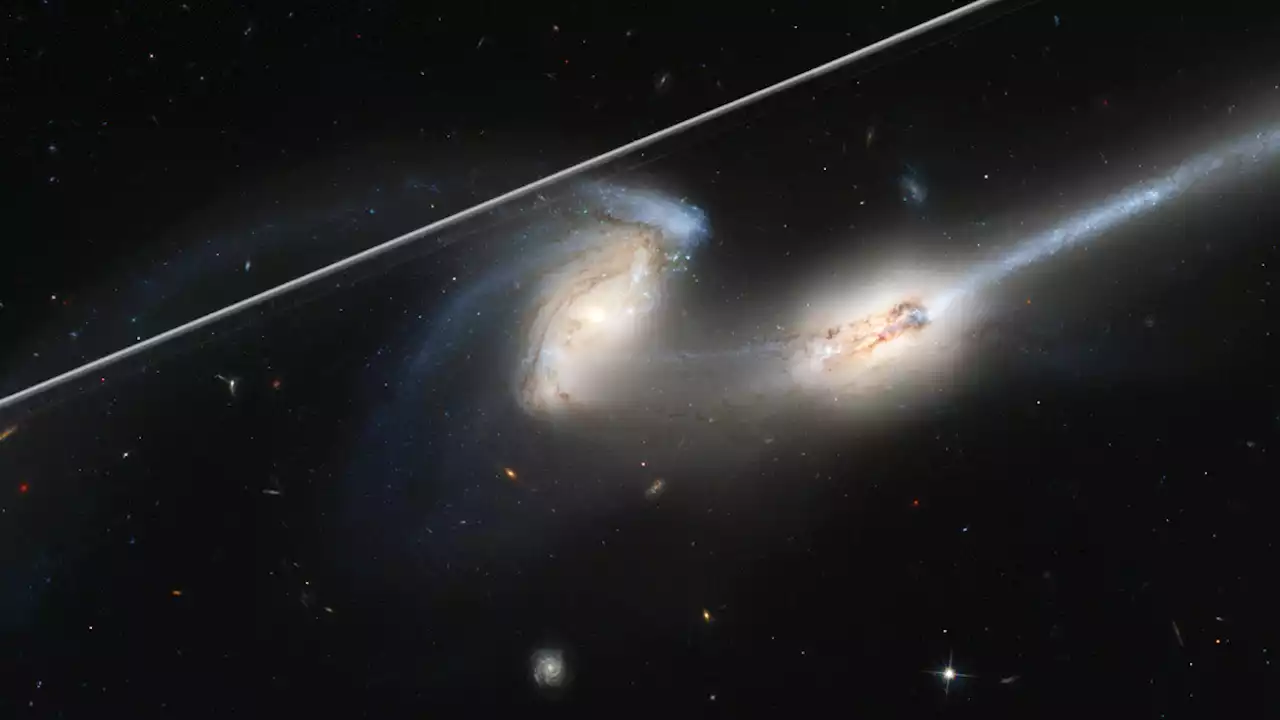 Hubble Scientists Develop Software Fix for Satellite Streaks in ImagesMultiple exposures and cleaning software mitigates the annoying streaks from high-orbit satellites.
Hubble Scientists Develop Software Fix for Satellite Streaks in ImagesMultiple exposures and cleaning software mitigates the annoying streaks from high-orbit satellites.
Read more »
100+ Scientists to Newsom: Stop Oil and Gas Drilling in California\u2014Especially Near Homes'California cannot be a climate, health, and environmental justice leader while giving permits to the oil industry to dig, burn, and dump toxic pollution in our communities, air, and water,' say over 100 scientists in a letter to Gov. Gavin Newsom.
Read more »
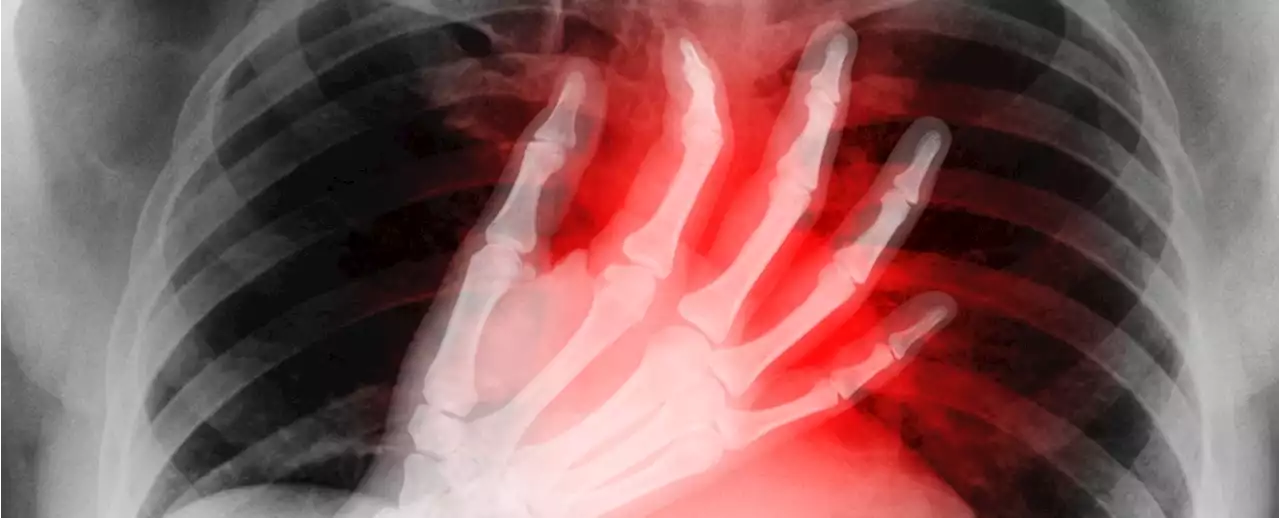 Scientists Confirm The Worst Day of The Week For Severe Heart AttacksThe start of the working week isn't viewed with any particular fondness by most of us already, and now there's another reason to not look forward to Mondays: it's the day when the most severe type of heart attack is most likely to happen.
Scientists Confirm The Worst Day of The Week For Severe Heart AttacksThe start of the working week isn't viewed with any particular fondness by most of us already, and now there's another reason to not look forward to Mondays: it's the day when the most severe type of heart attack is most likely to happen.
Read more »
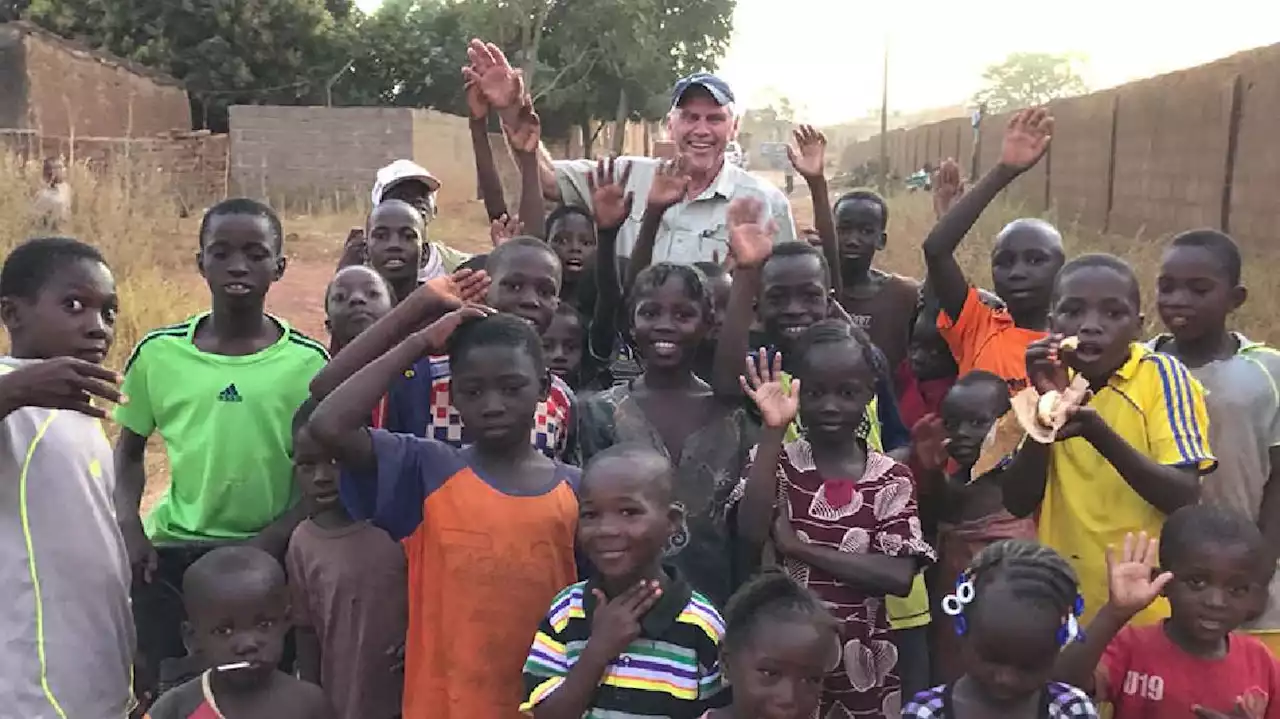 Utah scientists fly to Mali as the first to help villagers fight malariaA group of Utah scientists flew to Africa yesterday as some of the first to work on anti-malaria in Mali, Africa.
Utah scientists fly to Mali as the first to help villagers fight malariaA group of Utah scientists flew to Africa yesterday as some of the first to work on anti-malaria in Mali, Africa.
Read more »
